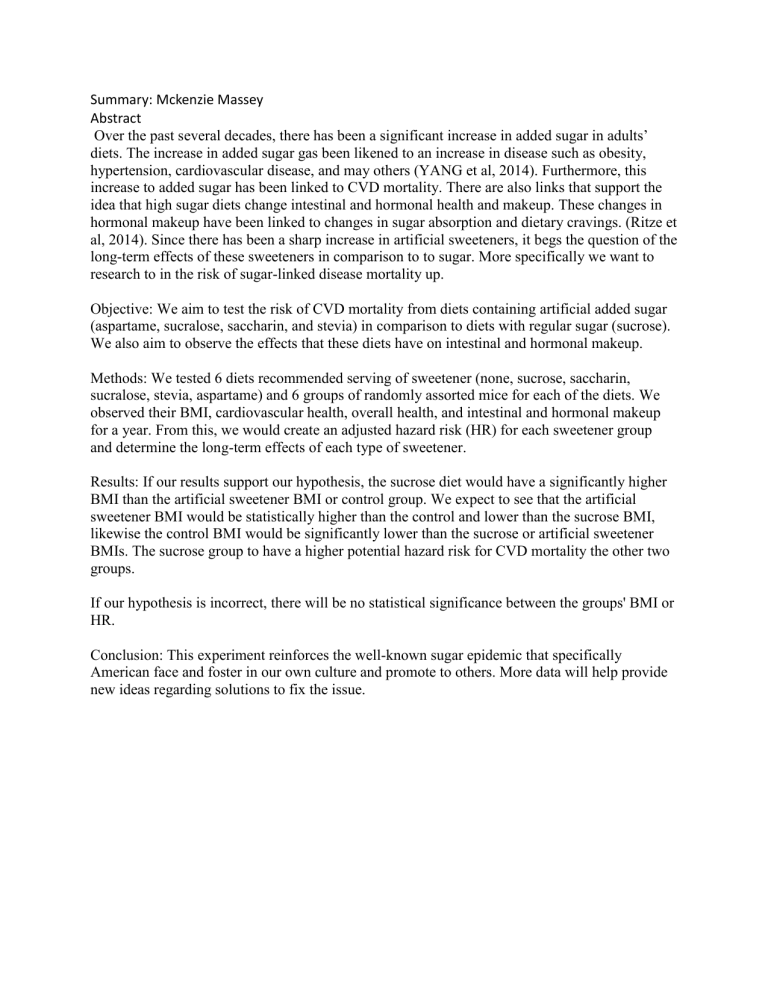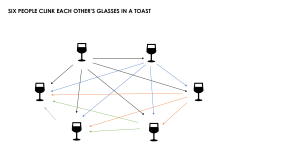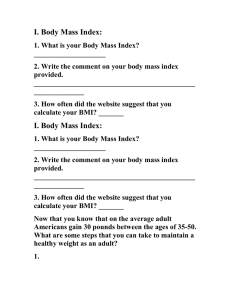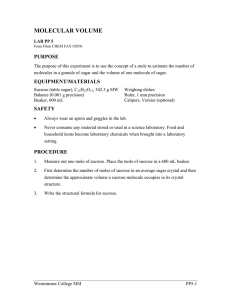
Summary: Mckenzie Massey Abstract Over the past several decades, there has been a significant increase in added sugar in adults’ diets. The increase in added sugar gas been likened to an increase in disease such as obesity, hypertension, cardiovascular disease, and may others (YANG et al, 2014). Furthermore, this increase to added sugar has been linked to CVD mortality. There are also links that support the idea that high sugar diets change intestinal and hormonal health and makeup. These changes in hormonal makeup have been linked to changes in sugar absorption and dietary cravings. (Ritze et al, 2014). Since there has been a sharp increase in artificial sweeteners, it begs the question of the long-term effects of these sweeteners in comparison to to sugar. More specifically we want to research to in the risk of sugar-linked disease mortality up. Objective: We aim to test the risk of CVD mortality from diets containing artificial added sugar (aspartame, sucralose, saccharin, and stevia) in comparison to diets with regular sugar (sucrose). We also aim to observe the effects that these diets have on intestinal and hormonal makeup. Methods: We tested 6 diets recommended serving of sweetener (none, sucrose, saccharin, sucralose, stevia, aspartame) and 6 groups of randomly assorted mice for each of the diets. We observed their BMI, cardiovascular health, overall health, and intestinal and hormonal makeup for a year. From this, we would create an adjusted hazard risk (HR) for each sweetener group and determine the long-term effects of each type of sweetener. Results: If our results support our hypothesis, the sucrose diet would have a significantly higher BMI than the artificial sweetener BMI or control group. We expect to see that the artificial sweetener BMI would be statistically higher than the control and lower than the sucrose BMI, likewise the control BMI would be significantly lower than the sucrose or artificial sweetener BMIs. The sucrose group to have a higher potential hazard risk for CVD mortality the other two groups. If our hypothesis is incorrect, there will be no statistical significance between the groups' BMI or HR. Conclusion: This experiment reinforces the well-known sugar epidemic that specifically American face and foster in our own culture and promote to others. More data will help provide new ideas regarding solutions to fix the issue.



